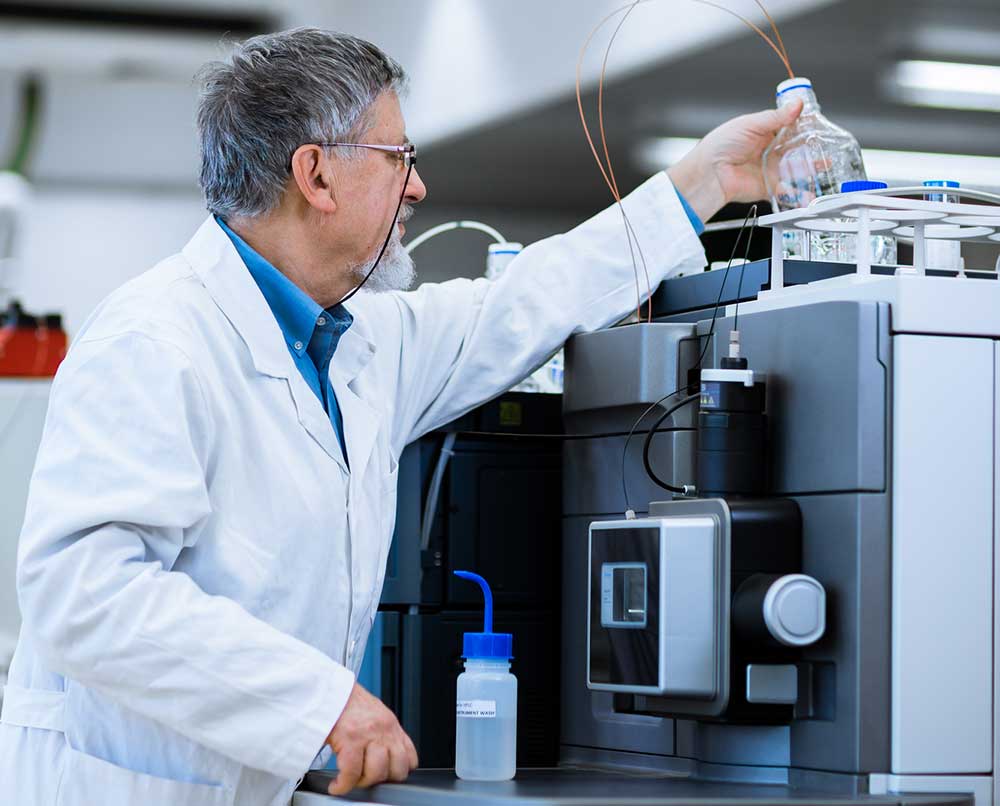
Core facilities play a central role in providing cell products, hands-on training, and how how to establish “best practices” in stem cell research at your institution.
StemCultures products improve stem cell quality and downstream differentiation. They can be used to recover difficult lines that exhibit spontaneous differentiation by providing more consistent pluripotent stem cell growth.
Stem cell core facilities are where projects and protocols involving stem cells take place. The clinician or researcher will be able to conduct all manner of stem cell research, including the induction of pluripotent stem cells. Once induced, they are known as iPSCs, and such cells can be pushed to imitate or reproduce virtually any type of human tissue as needed in the management of disease or trauma interventions.
A stem cell core facility is also a place for clinical achievement. Nearly any cell type, including fibroblastic cells within a patient, for example, with the appropriate reprogramming of the primary cells, will become iPSCs—which can then be pointed toward any clinical solution.
Stem cell core facilities may be all-inclusive or can, individually, be differentiated. For example, you might find a setting in which one core lab operates for the benefit of those seeking cell imaging, in commercial, nonprofit, and biotechnical research settings. Another core lab for stem cells may focus on analyzing cell genomic characteristics. There may be a cell manipulation core, including thawing, freezing, cutting, banking, and distribution; and do not forget to include the basic stem cell core for preparation and production of embryonic stem cells and the induction of pluripotent stem cells. StemCultures does not work with any embryonic stem cells.
In fact, StemCultures recommends the RUCDR protocols to achieve maximal quality in induced pluripotent stem cells, specifically in transporting, freezing, thawing, and handling of stem cells and their cultures. RUCDR—Rutgers University Cell and DNA Repository, now rechristened as Sampled—is the world’s largest university-affiliated organization setting the benchmark for genomic solutions as well as bioprocessing and supplies biostorage for government facilities. Its cousin, RUCDR Stem Cell Laboratory, serves the National Institutes of Health (NIH) and also the National Institute of Mental Health (NIMH), which studies the mechanics of the brain in order to understand its many complex behaviors.
StemCultures works hand-in-hand with core labs in order to provide enhanced downstream differentiation. StemCultures licenses its technology from a CORE facility, NeuraCell, assists in recovering lines that have spontaneously differentiated through technical achievement of consistent pluripotent stem cell growth. Your staff can learn the industry’s best practices at StemCultures and NeuraCell.
A core research lab for stem cell therapy can be as broad or as limited as desired, especially when you are turning to a specialized company such as StemCultures in order to achieve predetermined goals. Although some core labs focus on commercially providing stem cells and their derivatives to other research facilities, they can also be focused on its own research goals of understanding why genetics affects or causes common disorders. It is a place to study the options for diagnosing, treating, and curing the patient. For some, it will offer a walkway toward a better understanding of oncology, regenerative medicine, and other modalities.
The equipment is expensive and difficult to obtain for many facilities, so participating in studies at a core research lab such as the one at StemCultures’ partner company, NeuraCell, makes economic sense. It will also ensure that any employees or student trainees receive standardized training and will develop homogeneous skill sets. The RUCDR protocols mentioned above and any in-house developed standard manufacturing procedures contain sufficient detail to inform employees and student researchers of the rationales for various methodologies, including transportation of ampoules, thawing cryopreserved iPSCs, thawing of iPSC lines, dispase passaging of iPSCs, and cryopreservation of iPSCs.
In years long past, scientists had to maintain their own collections of tissue samplings for use in various enterprises. The storage of sample lines and specific donor cells did not become common until 2003, when the UK Stem Cell Bank opened its doors, and in 2005, with the National Stem Cell Bank in Madison, Wisconsin. We’ve come a long way since then.